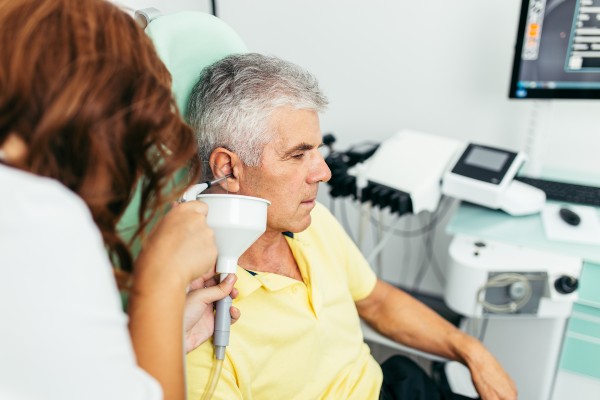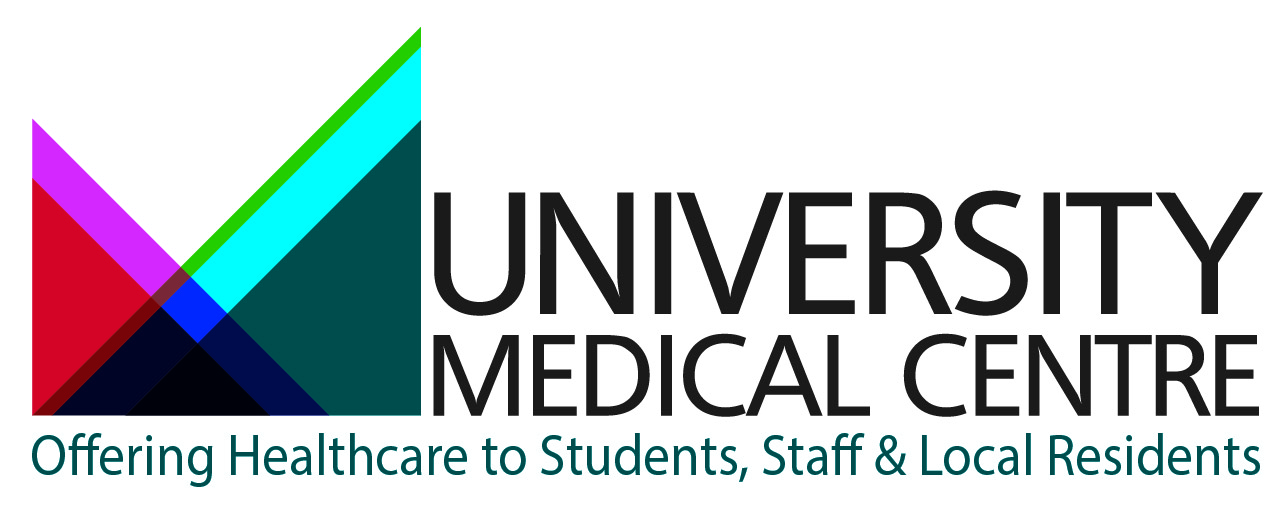Ear Irrigation
What is ear irrigation?
Impacted or hard wax that has not been displaced by drops alone may need to be removed by the Practice nurse with either a probe or through ear irrigation. It is generally necessary to use drops (preferably olive oil) for a week prior to irrigation, this is important as the oil is required to soften the wax sufficiently to allow it to be flushed out by irrigation.
At the consultation you should discuss with the nurse any previous ear problems such as ear surgery or discharge. The nurse will assess if irrigation is necessary and appropriate for you. Previous surgery to the ear, recurring ear canal infections or a recent perforation of the ear drum may make irrigation inappropriate.

Ear irrigation involves the use of a pulsating jet of warm water (a bit like a jet wash!) to remove impacted wax. The procedure should not be painful. It is a good idea to insert one drop of olive oil into the ear after irrigation, to give some protection after the natural wax coating has been removed.
Complications of the procedure include dizziness, nausea and tinnitus (ringing in the ears), possible damage and/or infection in the external ear canal, and perforation of the ear drum.
INDEX - Services
- Online Consultation
- The NHS App
- Test Results
- e-Referral Service
- Electronic Prescription Service
- Asthma Management
- Child Development
- Childhood Vaccinations
- Contraception Services
- Diabetes Management
- Dressings / Removal of Sutures
- Ear Irrigation
- Emergency Contraception
- Enhanced Services
- Flu Vaccination
- Mental Health Services
- Minor Illness
- Minor Surgery
- Other Visiting Services
- Physiotherapy
- Pregnancy Testing
- Private Fees
- Sexual Health Services
- Summary Care Record
- Translation Service
- Travel Clinic
- University Nursing Services
- Find NHS Services
We use cookies to help provide you with the best possible online experience.
By using this site, you agree that we may store and access cookies on your device. Cookie policy.
Cookie settings.
Functional Cookies
Functional Cookies are enabled by default at all times so that we can save your preferences for cookie settings and ensure site works and delivers best experience.
3rd Party Cookies
This website uses Google Analytics to collect anonymous information such as the number of visitors to the site, and the most popular pages.
Keeping this cookie enabled helps us to improve our website.

